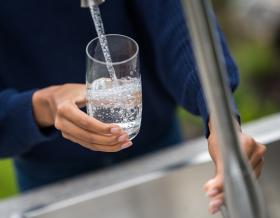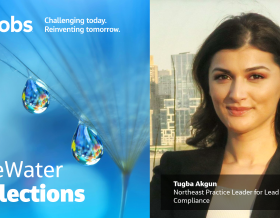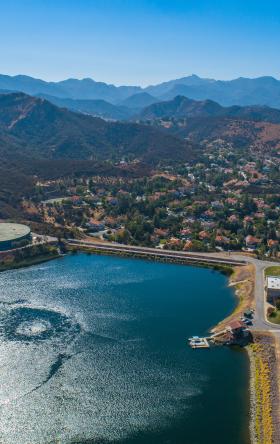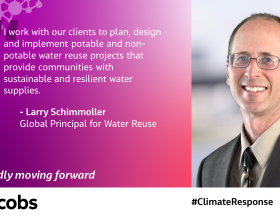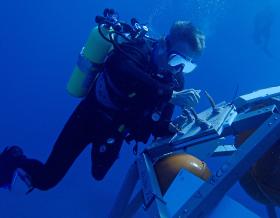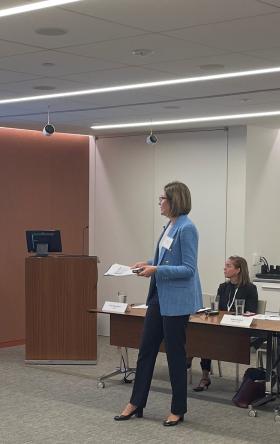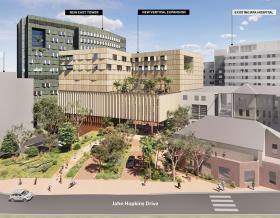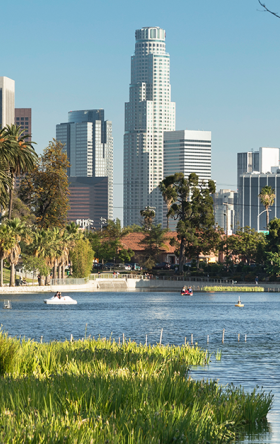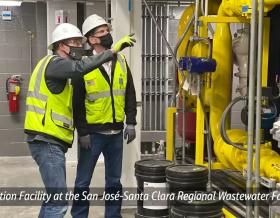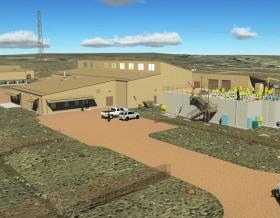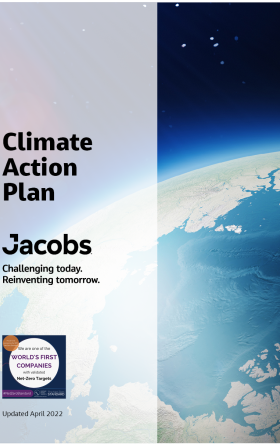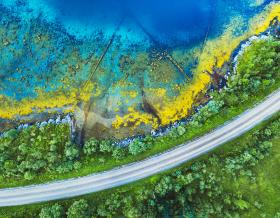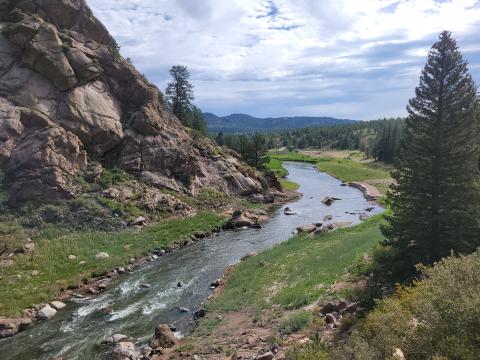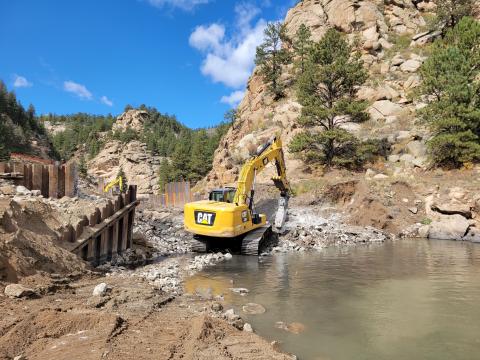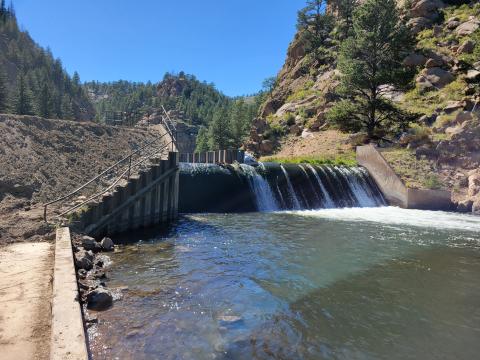In 1952, the New York Yankees defeated the Brooklyn Dodgers to win their 15th World Series; the Today Show first debuted on NBC; and Georgetown Medical Center developed the first plastic artificial heart valve. In Colorado that year though, a new diversion dam on the upper South Platte River made a splash in local headlines.
Known around the country for its trout fishing, the South Platte River boasts between 4,000 to 7,000 fish per mile and welcomes many recreationalists each year. Protecting this vital environmental and economic asset is critical to Colorado’s future… and that’s where we came in.
Constructed in 1952, the diversion dam located near Lake George, Colorado once provided critical water supply for the City of Colorado Springs. Over the following decades, Colorado Springs Utilities constructed additional water supply systems, and the diversion dam was no longer used. This aging infrastructure became a barrier for fish passage and ecosystem connectivity and posed rising risks to public recreation in the area.
In 2015, the Coalition for the Upper South Platte (CUSP) in partnership with the U.S. Forest Service, Colorado engaged Jacobs to perform a comprehensive Roads to Rivers Assessment of the South Platte River and Eleven Mile Canyon to address erosion and sediment problems, ecosystem impacts, road traffic and safety, environmental considerations, water quality, fisheries and other factors in the region. Our assessment recommended removing the dam, which would provide multiple benefits including ecosystem connectivity, restored natural habitats, improved water quality, enhanced biodiversity and more enjoyable recreation.
We began final design for the Lake George Diversion Dam Removal and Upper South Platte River Restoration Project in 2021, coordinating with a vast stakeholder group that included CUSP, U.S. Forest Service, Colorado Springs Utilities, Denver Water, Aurora Water, Colorado State Engineer’s Office, Colorado Parks and Wildlife, Park County, the South Platte Enhancement Board and Trout Unlimited.
Jacobs led all aspects of the design, including field investigations, 2-dimensional hydraulic modeling, dam removal design, river restoration design, ecosystem and wetland restoration, permitting and services during construction. Our natural river design focused on returning the South Platte River to the pre-diversion dam conditions and included riffles, pools, instream fisheries and habitat features, riparian and wetland banks and other instream and upland improvements. Together, the removal of the dam and the design elements allow fish and other aquatic species to move freely along the river and support a variety of aquatic plants and other wildlife.
We even removed sediment from upstream of the dam and repurposed it on-site to create a new recreational parking lot, pedestrian trail and river-side fishing bench that are all Americans with Disabilities Act accessible.
Jacobs also supported extensive permitting efforts, including National Environmental Policy Act (NEPA) compliance, U.S. Army Corps of Engineers (USACE) Clean Water Act Section 404 permitting, floodplain permitting, and mitigation of the historic dam through the federal government’s Historic American Engineering Record archival process. We coordinated a detailed Flow Management Plan with multiple water providers with water rights along the river to reduce upstream dam releases to allow for lower river flows during critical construction periods. Our multidisciplinary project team included stream restoration engineers, hydraulic modelers, biologists, environmental permitting specialists, utility engineers, geotechnical engineers, GIS and CAD technicians, and many others who came together to make the project – which recently earned the U.S. Forest Service’s 2024 National Collaborative/Integrated Aquatic Stewardship Award – a success.
“By enhancing and protecting the South Platte River through the Lake George Diversion Dam Removal and Upper South Platte River Restoration Project, we've restored natural habitats, improved water quality, enhanced biodiversity and created new recreational opportunities,” says Jacobs Principal Project Manager Kyle Hamilton. “Jacobs works across the entire water cycle to deliver comprehensive solutions that protect the environment, uplift communities, and create lasting legacies like this one.”
The project completed construction in early 2024, but the impacts of the project are already benefitting the river, the ecosystem, the fishery and Colorado’s recreational enthusiasts alike.
About water at Jacobs

Addressing challenges like climate change, water scarcity, aging infrastructure and emerging contaminants, managing this essential resource has never been more complex. From drinking water treatment and reuse to water resource recovery and resilience, we’re working with our clients to protect communities, industries and the environment, and provide them with the water resources they need to thrive.







